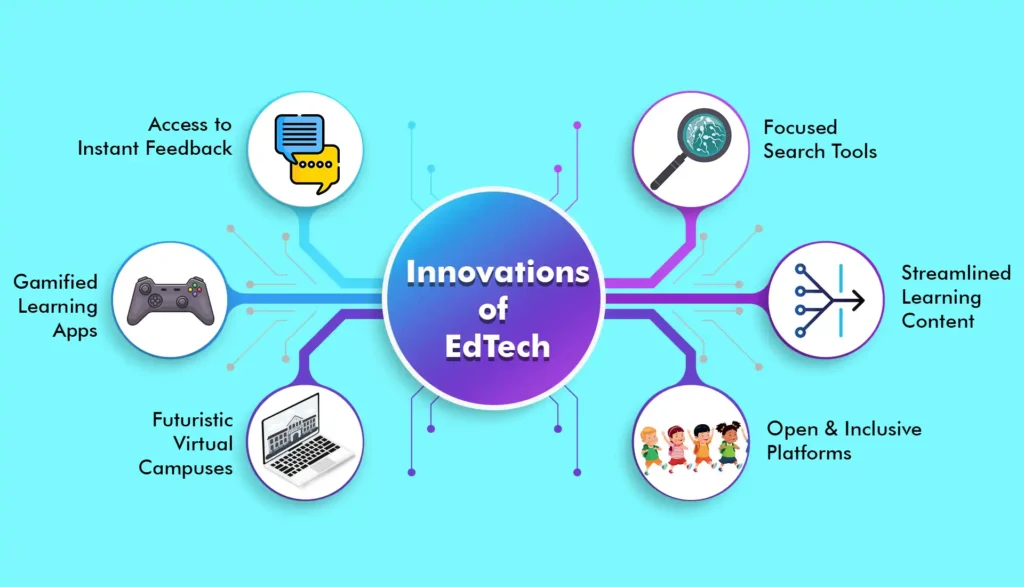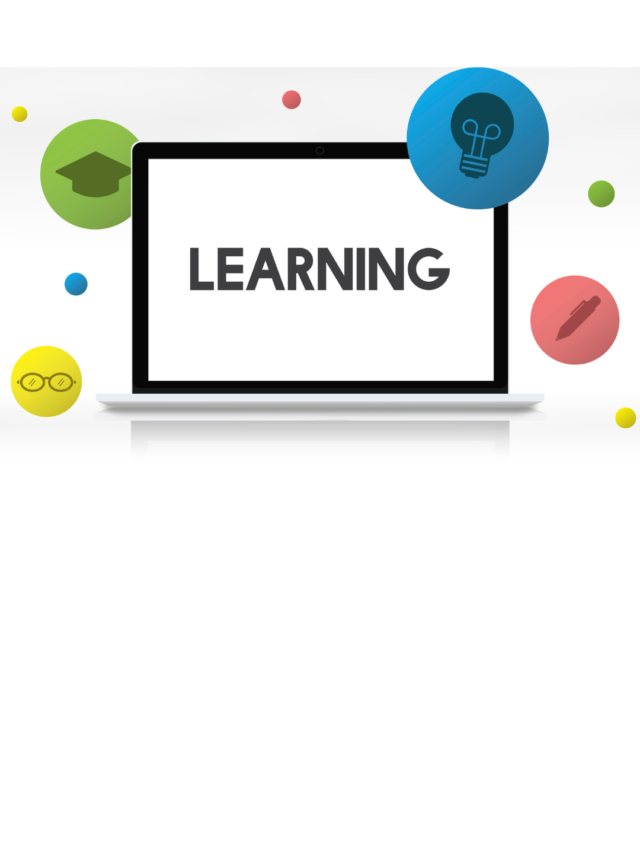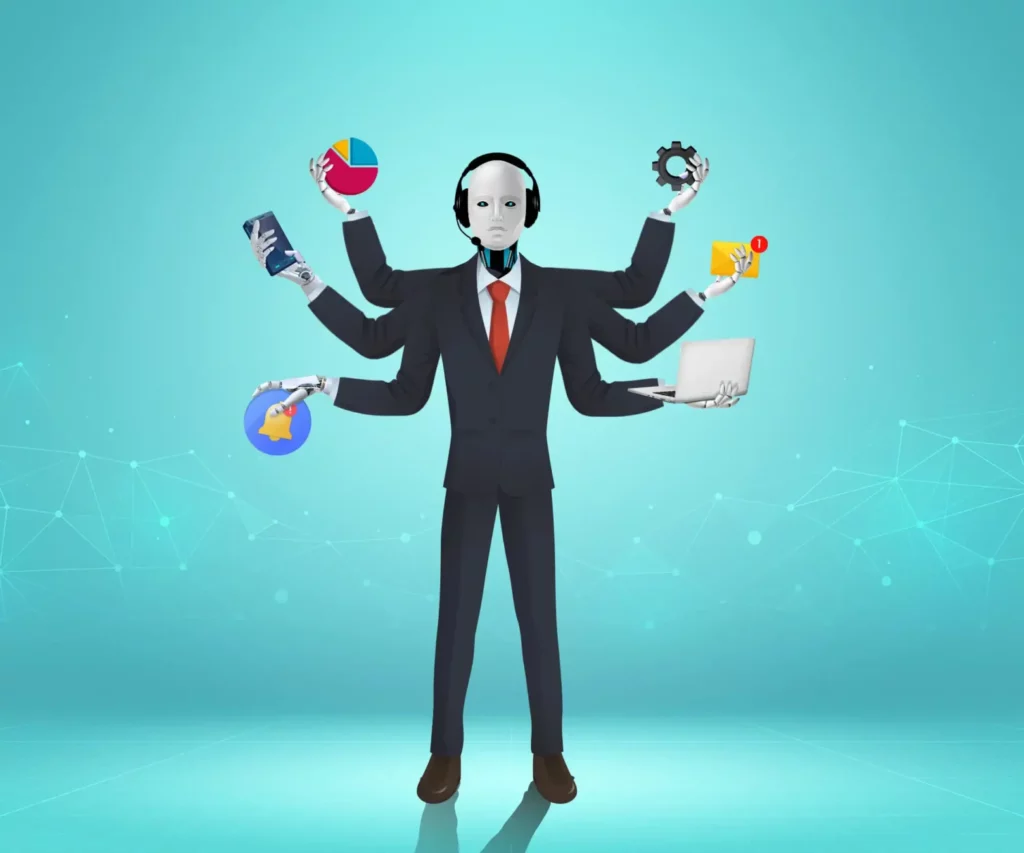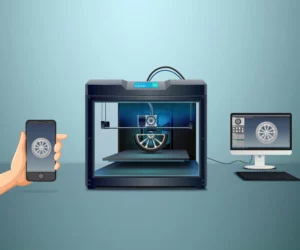
The coronavirus pandemic transformed the world in unprecedented ways. With necessity being the mother of invention, the past two years have seen some experimental solutions. And these novel lifestyles are now entering the mainstream and finding a place in our everyday lives. From businesses to medical consultations to courtroom trials, almost all enterprises moved online after the virus spread. It is no wonder, then, that the education industry also had to carve out a niche through online learning. In comes education technology (EdTech)! Take a look at what education technology and its innovations are all about.
What is education technology?
Education technology and its innovations were already in use much before COVID-19 hit us. Even before the pandemic, online education was already on the rise; global EdTech investments reached $18.66 billion in 2019. Now, the overall online education market is expected to reach $350 billion by 2025. Due to the worldwide lockdown and the closure of offline educational facilities, education technology innovations gained new prominence as e-learning (a part of EdTech) became the only viable alternative. EdTech marks the coming together of hardware, software, and other design tools with educational techniques. It facilitates and improves learning outcomes and performance, achieving a far-reaching impact.
Why it works
Arguably the best part of education technology innovations is that they can be used anywhere! Schools and colleges were already using this technology in real-life classrooms through audio-visual learning, computer presentations, etc. A report by Alpen Capital states that the total number of students in the GCC (Gulf Corporation Council) education sector reached 15 million in 2020 from 12.6 million in 2015. This sharp climb in the number of enrolled students caused schools to turn to technology to better support teachers, enhance learning, and provide customised support.
However, as the pandemic pushed the world into virtuality, EdTech needed to adapt readily to online classroom settings. Education technology innovations seamlessly achieved this almost overnight, at least to the casual observer. According to a 2020 survey by The National Centre for Education Statistics (USA), out of all the students enrolled in online courses, 78% thought the online experience was equal to or better than their experiences with in-person courses.
Besides enabling remote learning, EdTech also has the added ability to automate and individualise the learning process. This allows teachers to be facilitators. EdTech can customise lessons for students based on their competence and skill levels using analytics. These customisations include timely group sessions conducted by teachers for discussions, clarifications, and workshops. By using a medley of big data, gamification, and personalisation, innovations in education technology are transforming the way we learn.
How these innovations transform the way we learn
You read that right: “Innovations in education technology are transforming the way we learn.” This technology is inspiring a whole new demographic of learners, making ‘student for life’ a fitting tag for many. Through blended e-learning programs and MOOCs (massive open online courses), EdTech seeks to reach employees looking to upgrade their skill sets. This is an aptly identified need as companies worldwide have begun to encourage and offer incentives to reward upskilling efforts. The amount of free time afforded by the work-from-home model allows employees to select from existing MOOCs by renowned institutions and also a number of new popular courses that have grown in the past few years. Innovations in education technology are thereby being hailed as a revolution in the practice of teaching.
EdTech’s e-learning platforms are especially successful because they merge the best of both worlds, elevating tried and tested teaching methods with the help of technological tools. So while the teaching mode is tech-forward, the three conventional learning schemas of cognitivism, behaviourism, and constructivism are still in play. The process of learning, therefore, takes on intriguing, challenging, illuminating, and fun prospects.
Recent innovations in education technology
In the post-pandemic era, education technology innovations went from just another up-and-coming technological innovation into one of the most profitable arenas. Due to some of the following disruptive innovations, the EdTech landscape will undergo constant transformation over the next few years.

1) Learning-focused vertical search engines
Horizontal search engines such as Google search the whole web, while vertical search engines offer a more concentrated search. Using vertical search engines is a smart way to organise the excess information and educational content in cyberspace. They make the research process quicker and more precise, fine-tuning the students’ learning in a focused manner. By helping students access resources more efficiently, vertical search engines have the potential to reshape EdTech vastly.
2) Intelligent curation
Delivery of relevant content based on personalisations has facilitated adaptive learning for some time now. With EdTech’s popularity, intelligent curation may be a game-changer, delivering only the most important morsels of information. Education-centred apps similar to news-curation apps are also poised to emerge, enabling on-the-go learning. Educational content that learners consume in bite-sized forms, much like headlines, is an innovation that will make EdTech even more appealing.
3) Pop-up schools
During the lockdown, live-streamed schools became commonplace on the internet. Learners can now access the lectures of their choice delivered by teachers and trainers worldwide. By removing intermediate entities such as school boards, tutors could be more independent and creative in designing curricula. These pop-up schools or micro-schools have ensured a form of decentralisation in education, doing away with gatekeeping and ushering in a new, exciting era of learning.
4) Virtual campuses in the metaverse
Virtual campuses seem like the next stage of evolution in the Internet of Things (IoT). Modern cloud infrastructures make it possible for virtual campuses to become a reality soon. Add to this the emerging and ever-improving technologies like virtual reality (VR), augmented reality (AR), artificial intelligence (AI), etc., and we have a foolproof recipe for campuses in the metaverse.
5) Gamification
A sure-fire method to build a continued interest in students is to gamify learning. Engaging by nature, gamification of learning improves performance, encourages healthy competition, and makes the learning process fun. Already in use in several learning apps, gamification can potentially mould EdTech in a significant way.
6) Use of wearable technology
A recent article from Niall Statham, titled “PE Lessons of the Future”, highlighted how wearable technology could help deliver real-time data for teachers to use while teaching. This is already in its pilot phase within Nord Anglia Education, an academic banner in Dubai. Many other schools, too, are testing out immersive classrooms with 360-degree viewing and audio technology to give viewers the optimum experience.
Challenges of innovations in education technology
Despite the promised transformation, there are certain reservations about education technology innovations. Primarily due to EdTech’s dependence on the internet, connectivity, and digital literacy, its accessibility to low-income students has come into question. Moreover, there have been reports of ‘zoom’ fatigue among students. Zoom fatigue refers to the psychological and physiological effects of long hours of use of online forms of learning. There have also been fears of a ‘content’ race, wherein learning platforms may source misleading or not-so-verified information in a bid to be competitive and relevant. Due to the distracting nature of the ‘online’ world, education experts have also expressed scepticism about how better grasping and retention can be achieved.
Forging a path ahead
Even so, companies like Coursera, Almentor, Coded Minds, QiDZ, and Duolingo, are already making their mark in the world of EdTech. An exponentially expanding industry in its own right, EdTech has the potential to reach a market worth of $207.3 billion by 2026. Additionally, the UAE Ministry of Education has expressed its willingness to support e-learning initiatives in an industry forecast to grow by 60% by 2023 to be worth $7.1 billion. The UAE also holds one of the first full-time online-only schools in iCademy, giving parents and students the option to enrol in a fully online school permanently. With the potential to impact not only the education of the present generation but also that of future generations, EdTech may very well be the most iconic innovation of our time.




